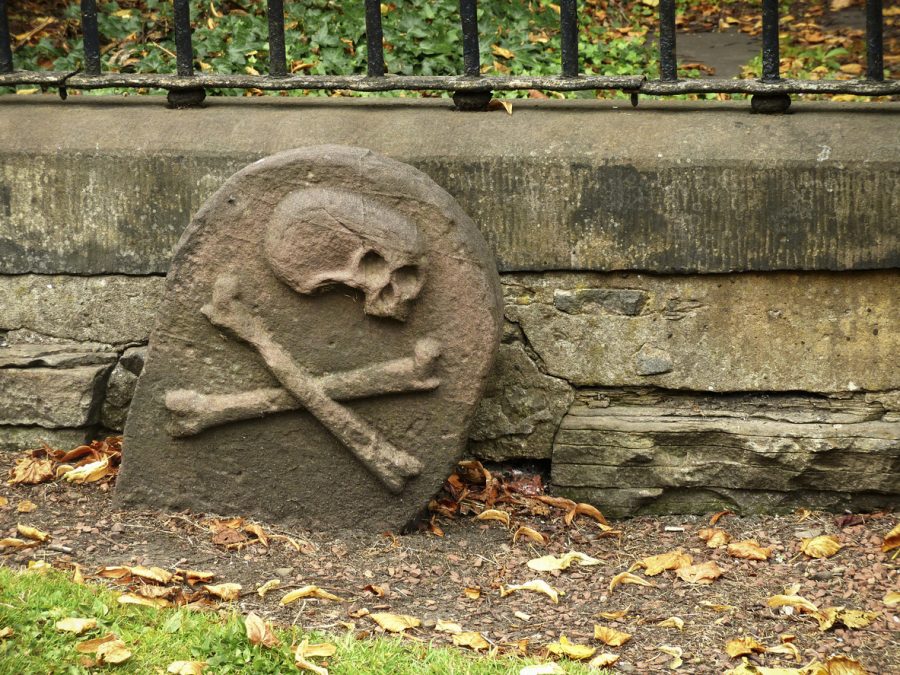As the media alarms us about an approaching ‘quad-demic’ of diseases this winter (Covid-19, Flu, RSV, Norovirus) it is a timely moment to think about the travails of our mediaeval forebears. Their common scourges were typhus, smallpox, tuberculosis, anthrax, scabies and syphilis – all untreatable at the time. And then there was the plague.
The plague tore up the foundations of society and paved the way for dramatic economic, political and social change
Arriving at the ports of Venice, Pisa and Marseilles in 1347, shipboard rats carrying the Yersinia Pestis bacterium disbursed the bubonic plague in Europe. Originally it is thought that plague was brought by Genoese ships from their trading fortress, Caffa, in the Crimea. By legend, the Mongol Jani Beg, leader of the Golden Horde, catapulted plague-infected bodies into the city. Though we often think of the plague as a European phenomenon, in the same year it arrived in Aleppo, Gaza and Damascus and decimated large parts of Africa’s population.

Britain’s best politics newsletters
You get two free articles each week when you sign up to The Spectator’s emails.
Already a subscriber? Log in






Comments
Join the debate for just £1 a month
Be part of the conversation with other Spectator readers by getting your first three months for £3.
UNLOCK ACCESS Just £1 a monthAlready a subscriber? Log in